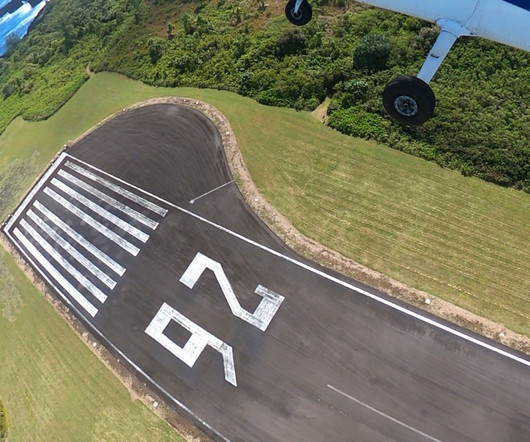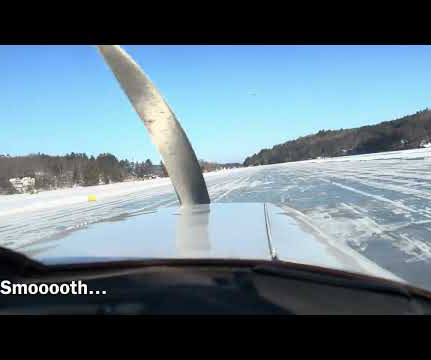Business jet flight decks
Professional Pilot
JANUARY 2, 2025
The head-up guidance system (HGS) further improves visibility by overlaying critical flightpath data within the pilots forward field of view, even in foggy or reduced visibility conditions. The fully automated MultiScan weather radar also provides predictive analysis and advanced threat detection.













Let's personalize your content